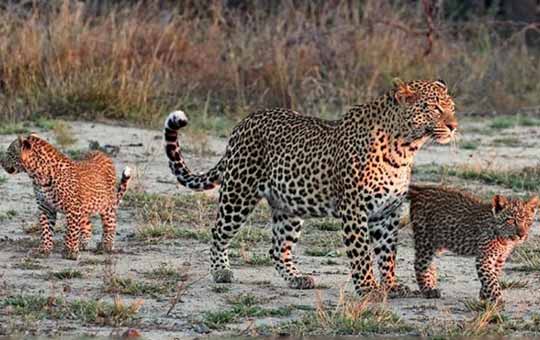Jhalana Leopard Reserve, Jaipur: A Hidden Wildlife Gem in the Pink City
Nestled in the heart of Jaipur, the Jhalana Leopard Reserve is Rajasthan’s first leopard conservation area and an increasingly popular destination for wildlife enthusiasts and photographers. Spread over an area of approximately 23 square kilometers, this reserve offers a unique opportunity to witness leopards and other wildlife species in a natural habitat — all within a bustling urban landscape.
History and Conservation Efforts
Jhalana was once the exclusive hunting ground of the Jaipur royal family. Over time, the region’s ecological significance became evident, prompting conservationists and the Rajasthan Forest Department to protect its rich biodiversity. In 2017, it was officially declared a leopard reserve, becoming a model for urban wildlife conservation. Since then, several measures have been implemented to safeguard its inhabitants, manage the ecosystem, and promote sustainable tourism.
Flora and Fauna
While the main attraction is undoubtedly the elusive and majestic leopard, Jhalana is home to over 30 leopards, including several cubs and dominant males. The terrain, dominated by dry deciduous forests, provides excellent camouflage for these stealthy big cats, making each sighting a thrilling experience.
Apart from leopards, the reserve is inhabited by several other mammals like desert foxes, striped hyenas, Indian civets, jungle cats, jackals, and nilgai (blue bulls). Birdwatchers also find Jhalana a paradise, with over 150 species of birds, including peacocks, Indian pittas, owls, treepies, and eagles. The region’s flora consists mainly of dhok, babool, khejri, and ber trees, which are well adapted to the semi-arid climate.
Safari Experience
The Jhalana Leopard Safari is conducted in open gypsies with trained drivers and naturalists. Safaris are available twice a day: morning and evening, each lasting about 2.5 hours. While sightings aren’t guaranteed, the chances are relatively high due to the concentration of leopards in a relatively small area.
What makes Jhalana special is its proximity to Jaipur’s city center. In less than 30 minutes, visitors can move from the bustling streets of the Pink City into the tranquil wilderness of the reserve. This accessibility makes it an excellent addition to a typical Jaipur itinerary.
Zones and Trails
The reserve is divided into two safari zones — Base Zone and Shikar Audi Zone. The Shikar Audi area is particularly significant, as it houses a heritage hunting lodge once used by Jaipur royalty. This structure, now abandoned, often sees leopard activity and is a favorite spot for photographers hoping to capture the animals in a dramatic backdrop.
Best Time to Visit
Jhalana is open for safaris throughout the year, but the best time to visit is between October and March, when the weather is pleasant, and wildlife is more active during daylight hours. Summers can be hot, but sightings increase due to animals gathering around water sources.
Booking and Entry Fees
Safari bookings can be made online through the Rajasthan Forest Department’s official portal or via authorized tour operators. It’s advisable to book in advance, especially during weekends and holidays, as the number of vehicles allowed per slot is limited to preserve the ecology.
The fees generally include the vehicle permit, guide charges, and camera fee if applicable. Indian and foreign tourists have separate pricing structures, with additional charges for professional photography equipment.
Eco-Tourism and Responsible Travel
Jhalana Leopard Reserve is a shining example of how eco-tourism can thrive near urban environments. Visitors are encouraged to follow rules strictly: no loud noises, no littering, and no stepping out of the vehicle. Respecting wildlife and minimizing human impact is crucial to the reserve’s continued success.
